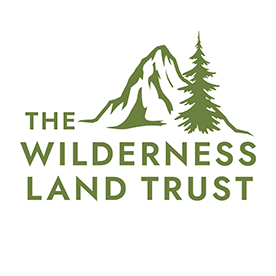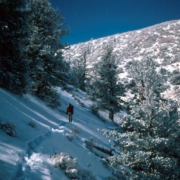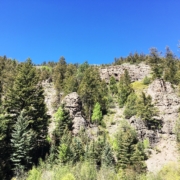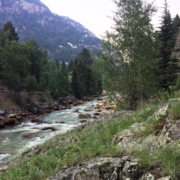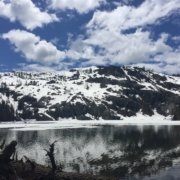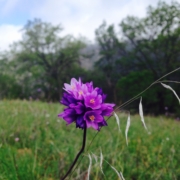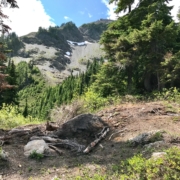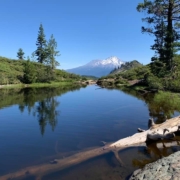Completing a Wilderness
Feb. 21, 2020 – Nine years ago this week we completed the Kingston Range Wilderness in California by transferring the last two remaining private land parcels to the BLM for permanent protection. This land – 1,240 acres – is right in the heart of the wilderness and was being considered for a large private development when we purchased it. 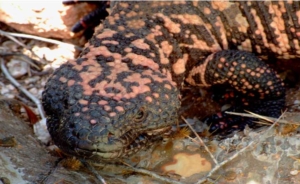
This wilderness is botanically one of the most diverse areas within the California Desert. Botanists have identified 505 native plant species and 32 are viewed as endangered, rare, or limited in distribution. The only stand of giant Nolina (Desert Spoon) in the eastern Mojave Desert is found in Kingston Range and one of only three relic stands of white fir trees in the desert clings to its slopes.
What does “completing a wilderness” mean? One of the greatest threats to our globally unique, more than 110-million-acre preservation system is private land, or “inholdings.”
When a wilderness area isn’t complete, it is vulnerable to development, mining and logging. Should private land within its boundaries be developed, it would affect the surrounding wilderness and threaten vital habit. Right now, approximately 180,000 acres of private land still remains within federally designated wilderness areas in the lower 48 states.
The good news? Thanks to our unwavering supporters, we continue to steadily remove these inholdings to ensure our nation’s wilderness areas remain forever wild for future generations. In fact, since 1992 we have helped complete 16 designated wilderness areas by removing the last remaining privately held land Of course, we feel like we’re still just getting started.
